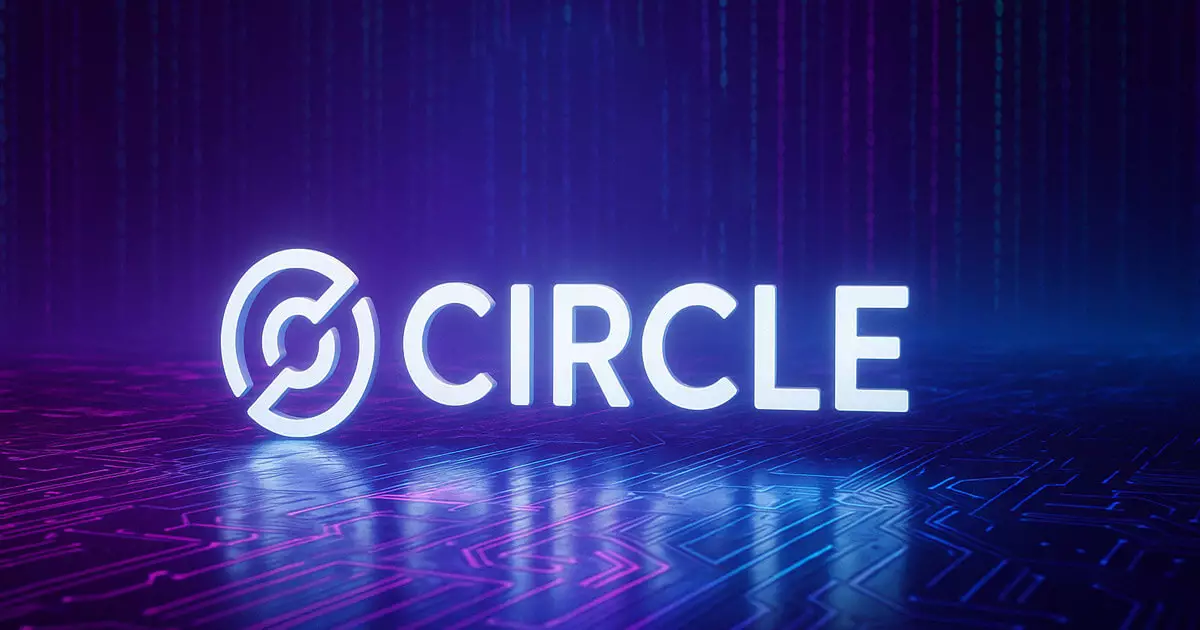Circle’s recent leap in its CRCL shares—a staggering 34% surge that culminated in a closing price of $199.59—signals more than just a fleeting moment of financial excitement. This spike, which set a new all-time high at $200.90, underscores a transformative period for digital finance that is getting increasingly hard to overlook. What stands out is that this new valuation is approximately 6.5 times the company’s initial public offering price of $31 just over two weeks ago. Such dramatic growth is extraordinary and reflects not only investor confidence but also a broader shift toward acceptance and regulation of cryptocurrency.
The Power of Legislation: GENIUS Act and Its Implications
The remarkable upswing in Circle’s shares coincided with the Senate’s progress on the GENIUS Act—a legislative initiative designed to define and regulate stablecoins in the United States. The Act passed with a substantial margin of 51 to 23, drawing bipartisan interest as it speeds toward House deliberation. Circle’s CEO, Jeremy Allaire, emphatically stated that “history is being made,” projecting confidence in the potential benefits this legislation will hold for both the U.S. economy and technological advancement for the foreseeable future.
Deciphering the implications of the GENIUS Act reveals a methodical approach to the burgeoning stablecoin market. The requirements for issuers to maintain reserves equal to outstanding tokens, alongside restrictions on how those reserves can be utilized, represent a necessary step toward ensuring ethical operations and financial stability. This regulation not only mitigates risks associated with cryptocurrency but also reinforces a competitive edge for the U.S. in the global economic sphere.
Market Dynamics and Investor Sentiment
The Senate’s decision served as a catalyst for a wave of positive sentiment across the equity market, particularly within the cryptocurrency sector. Following the Senate vote, stocks in prominent companies like Coinbase and Robinhood also saw appreciable gains, with Coinbase climbing 14% and Robinhood also rising significantly. This collective momentum illustrates a market belief that the regulation could stabilize, and potentially accelerate, adoption of cryptocurrencies and stablecoins alike.
What’s notably interesting is how different companies are positioned to benefit from these regulatory changes. Circle’s USDC, the second-largest dollar-pegged stablecoin, has the expected advantage thanks to its existing framework that aligns with the anticipated GENIUS requirements. With the ability to generate revenue from Treasury-backed reserves while remaining compliant, Circle is poised to not only weather regulatory storms but thrive in this new landscape.
The Future of Cryptocurrency in a Regulated Environment
The trajectory seems clear: as the nation’s top lawmakers move towards formalizing regulations like the GENIUS Act, investors and digital finance firms alike must adapt and respond. Companies that can pivot and align their operational models to these new realities will likely be among the long-term winners. Conversely, firms that fail to navigate this regulatory maze may find themselves left behind.
In the end, the dramatic rise in Circle’s CRCL stock is more than just a refreshing headline; it is a harbinger of a dynamic future where cryptocurrency, through regulatory framework, seeks legitimacy and steadiness within global finance. The stakes have never been higher, and companies will need to show not only adaptability but foresight to remain competitive.















